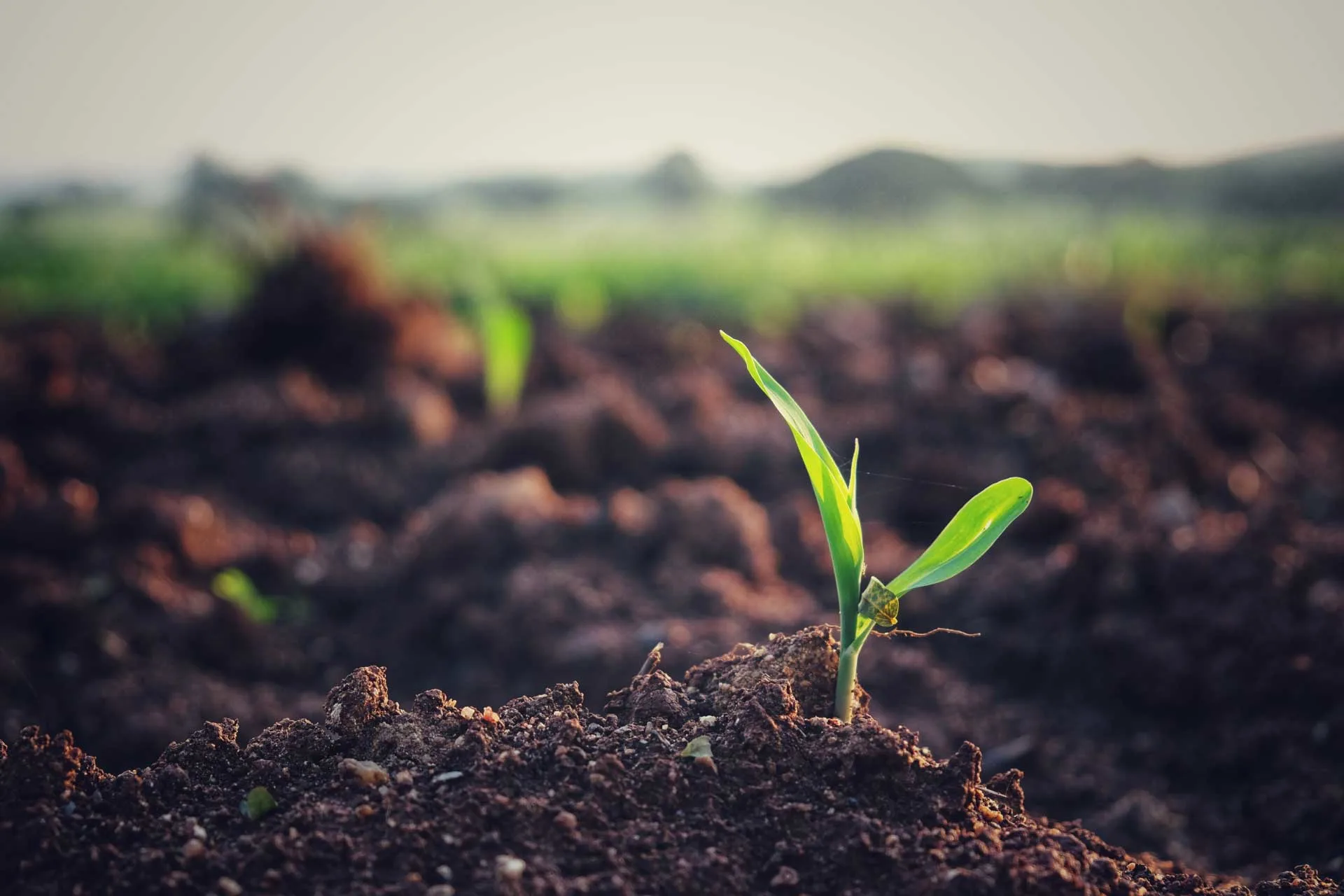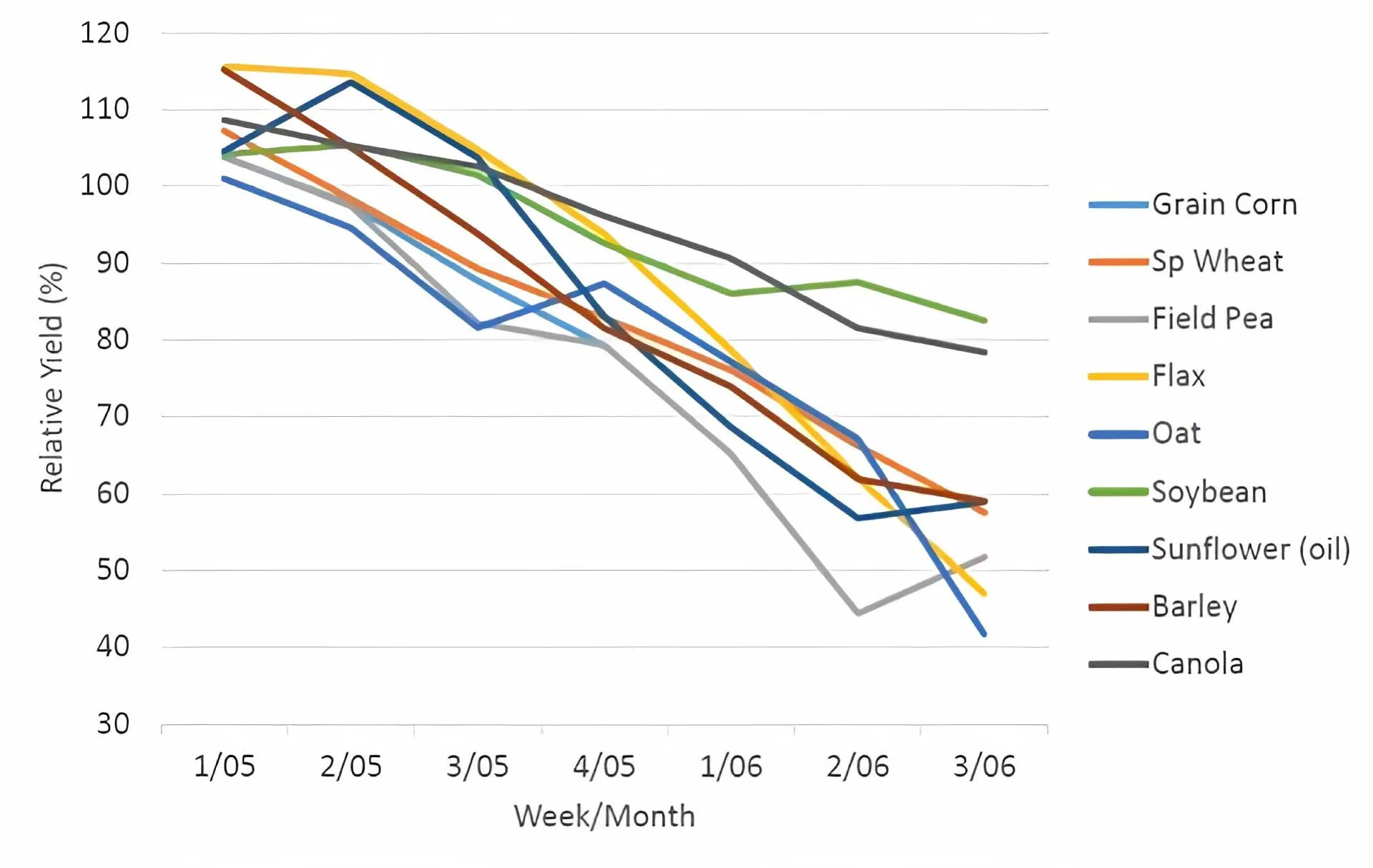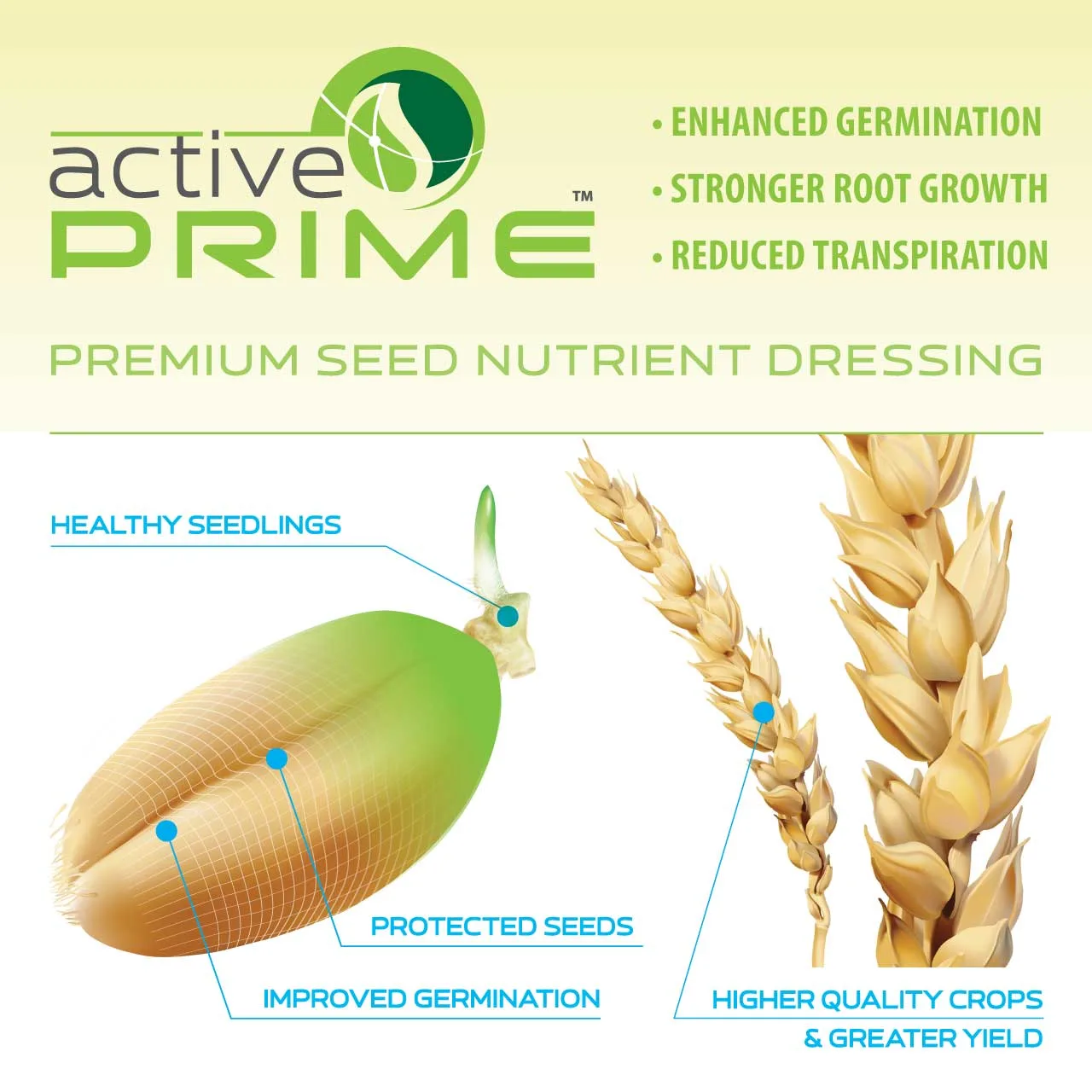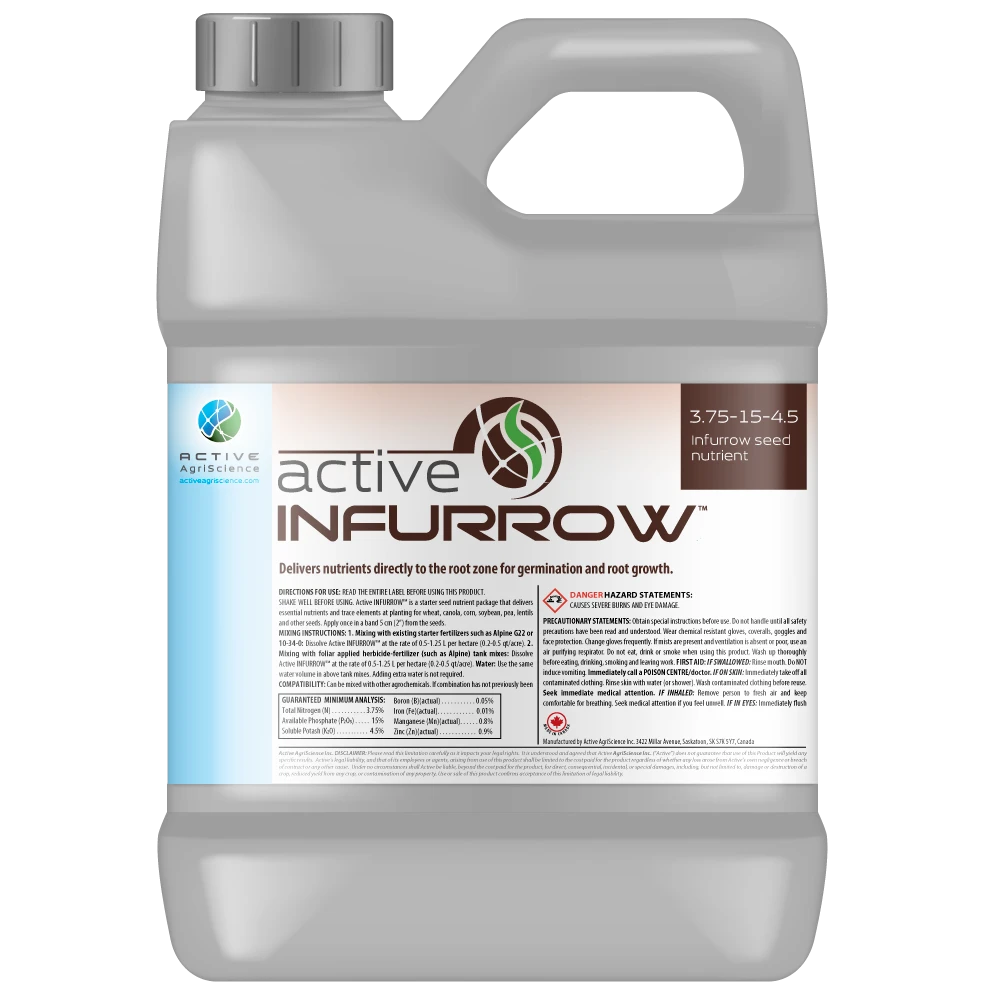
For the majority of crops, early seeding can extend the growing season and potentially increase crop yield. But how early can you plant before the risks outweigh the rewards? On one hand, starting your planting in the early spring can have a multitude of benefits such as a higher yield and an earlier harvest. On the other hand, planting too early can slow down germination and increase the risk of frost injury, which could damage or potentially kill your crop. Combining quality seed, knowledge of crop type, and appropriate products can help you decide when, or if, to early seed.
On this page
Benefits of Early Seeding
A four-year study conducted by Agriculture and Agri-Food Canada (AAFC) in Scott, Saskatchewan found that canola seeded in late April yielded 38% more than in mid-May1. Several years of seed acreage data from the Manitoba Agricultural Services Corporation (MASC) show that early seeding significantly improves yield for the majority of crop2. What exactly is it about early seeding that improves crop yield?
2010 – 2019: Seeding Date vs. Average Yield Response

Although the germination time gets cut in half for every 5° increase in soil temperature, several factors of early seeding can outweigh the benefits of warmer soil.
First, a higher moisture content in the early spring allows seeds to be planted at a shallower depth, around 1-2” (2.5-5 cm). With less soil to grow through, crop emergence is faster than if traditionally planted in mid-May, even though the soil is colder.
Planting earlier also gives the crop more time to establish before pests become more rampant with the warmer weather. For example, the flea beetle (a common canola pest) peaks at soil temperatures around 15°C (59°F). A firmly established crop from early planting will resist pests, both weeds and insects, better than one still in the early growth stage.
By getting a head start on the growing season, early seeded crops reach the flowering stage before the heat of late summer. Without as much heat stress, crops are able to focus resources on producing more flowers which lead to an increase fruit quality and yield.
An early planted crop also allows for an earlier harvest when weather conditions are more favourable, in August or early September, rather than dealing with wet weather, potential freezes or snowfall.

Risks of Early Seeding
The biggest problem with early seeding is the risk of frost injury. An unexpected change in weather can severely damage or kill your seedlings, taking you back to square one.
Some crops are more susceptible to frost injury than others. Crops like canola and flax, which emerge at a younger stage of growth, are much more susceptible to a frost injury while grains and pulses, remaining below ground during early development, are somewhat protected from cold temperatures. It is important to time your early planting not only with the weather but with the type of crop depending on how long it stays below ground.
Another risk to consider is the soil temperature may be too cold for your seeds to germinate. Your original intention of planting early would be to have your crop get a head start, but if soil temperatures are below the minimum germination temperature it may end up setting you back.
Minimum Germination Temperature for Crops
| Crop | Temperature (°C) | Temperature (°F) |
| Barley | 3-5 | 37-41 |
| Wheat | 4 | 40 |
| Peas | 4 | 40 |
| Oats | 5 | 41 |
| Sunflower | 6-7 | 43-45 |
| Flax | 9 | 48 |
| Canola | 7-10 (Polish) | 45-50 (Polish) |
| 10 (Argentine) | 50 (Argentine) | |
| Corn | 10 | 50 |
| Soybeans | 10 | 50 |
| Edible Beans | 10-12 | 50-54 |
Source: North Dakota State University Extension Service & Alberta Agriculture and Forestry.
Mitigate the Risks of Early Seeding
There are a few things you can do to mitigate the risks and reap the rewards of early seeding.
Pre-Seed Herbicide
Using a pre-seed herbicide to control any weeds is highly recommended. The less competition your seedlings have to deal with the better chance it has to thrive.
Quality Seed
In colder temperatures your seed will germinate and emerge slower and be subjected to disease organisms for longer periods of time. Better quality seed will improve your its chances against these environmental stresses.
Seed Treatment
A seed treatment will also go a long way in protecting your seed. Active PRIME is a premium seed treatment that promotes early and faster germination, better root establishment, better crop stand, and enhances your plant’s ability to resist the environmental stress conditions. It will even help with recovery and repairing plant tissues in case of frost damage. Using a quality seed treatment like Active PRIME is an insurance policy against detrimental drops in temperature.

Seed Shallow
Shallow seeding helps crops germinate and emerge from the ground quicker. You can get away with this with the high moisture in early spring. It is recommended to plant at 1-1.5” (2.5-4 cm) depth for cereals and pulses and 0.5” (1.5 cm) for canola.
Starter Fertilizer
A starter fertilizer like Active INFURROW stimulates early germination, better root development and stronger plants that will better resist colder conditions. Active INFURROW is a seed nutrient package that delivers essential nutrients and trace elements at planting for wheat, canola, corn, soybean, pea, lentils and other seeds.

The technique of early seeding correctly combined with seed boosting fertilizers and treatments allows you to take advantage of the potential rewards of early seeding: earlier harvesting, improved crop quality, higher yield, while helping to mitigate some of the risks.
Sources:
1Angadi, S.V., Agriculture and Agri-Food Canada (AAFC), et al. “Early Seeding Improves the Sustainability of Canola and Mustard Production on the Canadian Semiarid Prairie.” Canadian Journal of Plant Science (2004).
2MASC Seeded Acreage Report Records, 2010 – 2019: Seeding Date vs. Average Yield Response.

